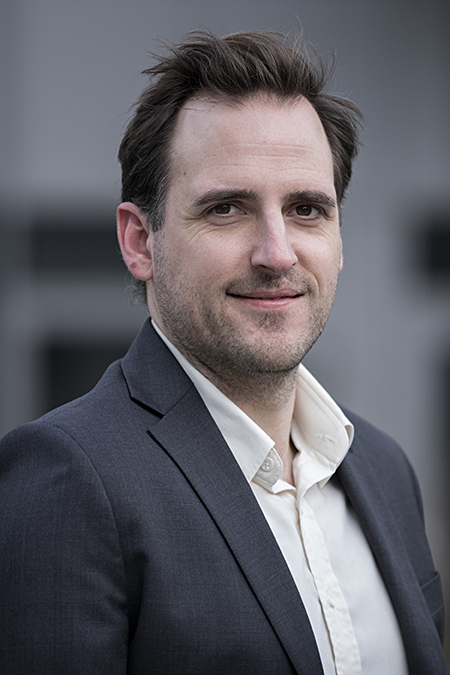His dream is to see every brain in 3D
Meet Mikkel Petersen
“Virtual reality technology has existed for decades in various forms, but the specific headset technology that I am working with only launched a few years ago. Its use in clinical settings is almost unexplored.”
Imagine a wearable computer in the form of eyeglasses that allow you to see each individual patient’s brain anatomy hovering in the real-world environment. With the opportunity to interact with a free-floating brain – positioned right in front of you – exploring every aspect. From above. From the side. At close range or at a distance – alone, with colleagues or students. For MD, PhD, Assistant Professor Mikkel Petersen, born 1984, that kind of modern doctor's Google Glasses is not a fantasy. It’s a driving aim.
“Virtual reality technology has existed for decades in various forms, but the specific headset technology that I am working with only launched a few years ago. Its use in clinical settings is almost unexplored,” Mikkel Petersen says.
Holograms – or ‘augmented reality’
“My research is focused on building a holographic visualization platform for neurosurgical data. I am excited about the potential of holographic data formats to improve neurosurgical planning, but also in supporting the teaching and training of young medical doctors and neurosurgeons,” he explains.
When neurosurgeons plan treatments, they can use mathematical models to reconstruct the patient’s brain pathways, or the interconnections between regions. Until recently, neurosurgeons relied solely on 2D screens to view 3D information about the brain. But new advances in hardware technology provide improved depth information, which can be viewed as ‘holograms’ or ‘augmented reality’. Now Mikkel hopes to develop new ways of viewing structures and pathways in the brains of patients with neurological issues, such as brain tumors or Parkinson's disease.

Tiny margins for error
“In invasive neurosurgical procedures, the margins for error are tiny, particularly when surgeons operate to remove brain tumors in regions associated with critical brain function. And I am convinced that developing a viable neurosurgical augmented reality platform has a huge potential both clinically and economically,” he says.
Mikkel Petersen started his career as a medical doctor in training with a deep interest in mathematics and indeed computer science. The subject of his PhD was magnetic resonance imaging and later, during his initial years as a postdoc, he moved to Case Western University in Cleveland - working with some of the most influential scientists in Deep Brain Stimulation treatment, on a project constructing a holographic brain atlas. The time in Cleveland has been enormously influential in shaping Mikkel Petersen’s current research trajectory at Aarhus University – most recently financed by a Lundbeck Postdoctoral Fellowship.